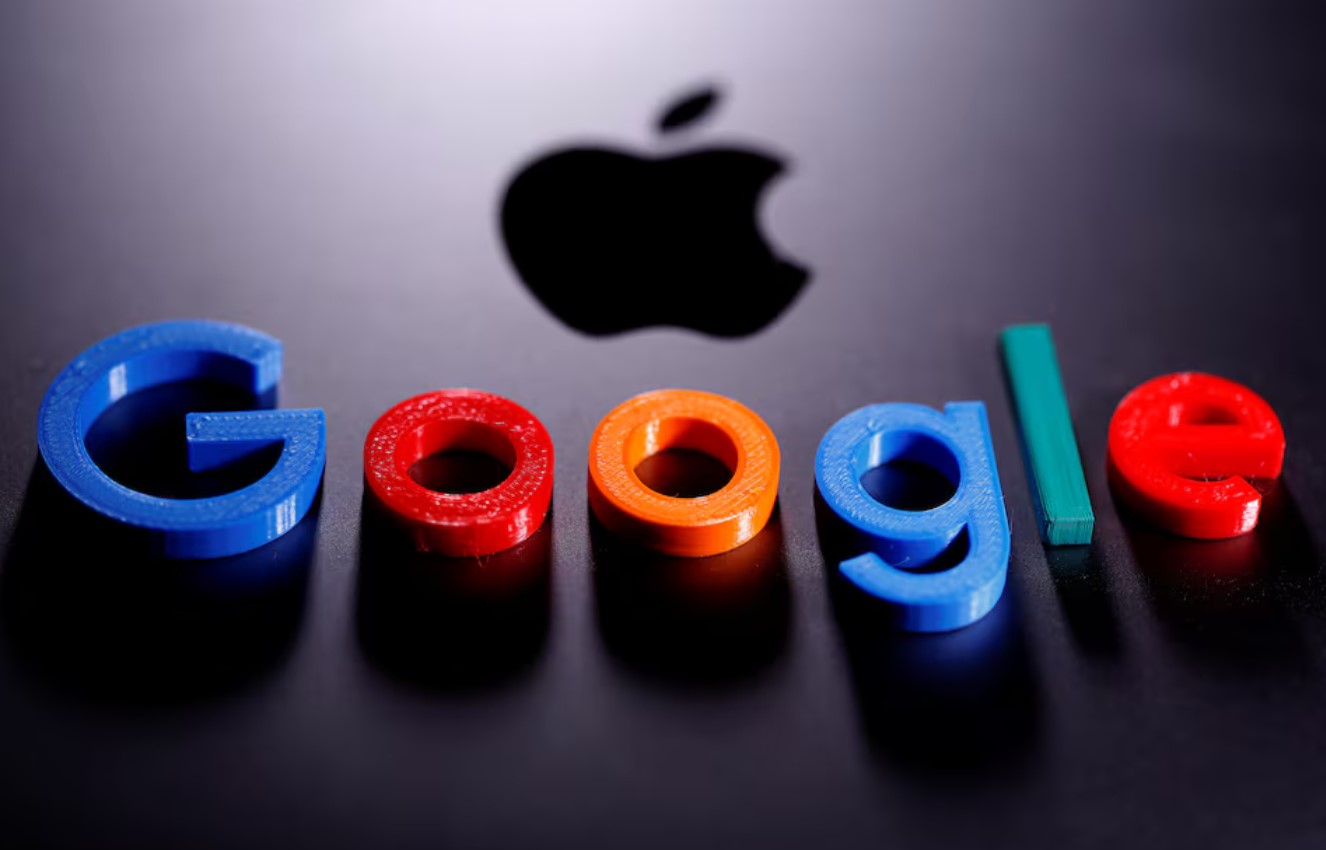Last week, CEO Tim Cook’s Apple (AAPL.O) announced a splashy deal with OpenAI to include its powerful artificial intelligence model as a part of its voice assistant, Siri.
But in the fine print of a technical document Apple published after the event, the company makes clear that Alphabet’s Google (GOOGL.O) has emerged as another winner in the Cupertino, California, company’s quest to catch up in AI.
To build Apple’s foundation AI models, the company’s engineers used its own framework software with a range of hardware, specifically its own on-premise graphics processing units (GPUs) and chips available only on Google’s cloud called tensor processing units (TPUs).
Google has been building TPUs for roughly 10 years, and has publicly discussed two flavors of its fifth-generation chips that can be used for AI training; the performance version of the fifth generation offers performance competitive with Nvidia (NVDA.O) H100 AI chips, Google said.
Google announced at its annual developer conference that a sixth generation will launch this year.
The processors are designed specifically to run AI applications and train models, and Google has built cloud computing hardware and software platform around them.
Apple and Google did not immediately return requests for comment.
Apple did not discuss the extent to which it relied on Google’s chips and software compared with hardware from Nvidia or other AI vendors.
But using Google’s chips typically requires a client to purchase access to them through its cloud division, much in the same way customers buy computing time from Amazon.com’s (AMZN.O) AWS or Microsoft’s (MSFT.O) Azure.







Click here to change your cookie preferences